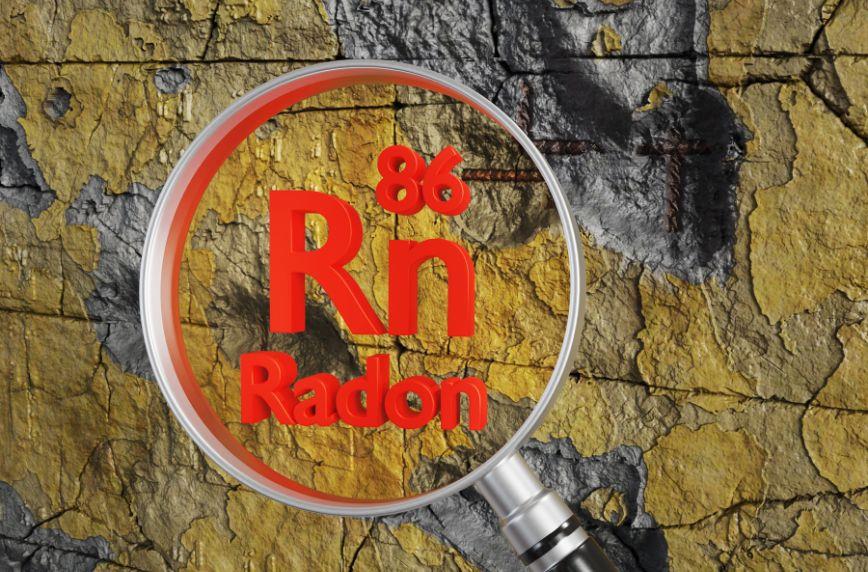Radon is a radioactive gas that can seep into your home and cause adverse health effects over time. Being odorless, colorless, and tasteless, it’s almost impossible to detect without proper testing. In this post, we will discuss the ways to know if you’re at risk of radon exposure and outline preventive measures you can take to keep your household safe.
Know the Risk Factors
The first step in determining your risk of radon exposure is to understand the risk factors associated with it. Some factors that can increase your susceptibility to radon exposure include:
- Living in a high-radon area
- Presence of uranium, thorium, and radium in the soil
- Poorly ventilated homes or workplaces
- Home age and type of construction
Some folks may wonder if certain types of homes are more susceptible to radon or not. While many factors can play a role in it, it helps to know the risks and remain aware.
Test Your Home for Radon
Testing your home is the most effective way to determine if you are at risk of radon exposure. There are two main types of radon tests: short-term and long-term. Short-term tests typically last between 2 to 90 days, while long-term tests can last anywhere from 91 days to a year.
Testing kits are available for purchase at most hardware stores or online, and many local health departments also offer low-cost or free radon testing. It’s important to follow the test kit instructions carefully and send the device to a lab for analysis. The results will indicate if you need to take further action.
Understand What the Test Results Mean
One of the best ways to know if you’re at risk of radon exposure is to interpret your radon test results correctly. These tests measure radon in units called picocuries per liter (pCi/L).
The Environmental Protection Agency (EPA) has established 4 pCi/L as the action level for radon. If your home’s radon level is 4 pCi/L or higher, it’s best to take measures to reduce the concentration. However, even levels below 4 pCi/L can pose a risk, so it’s essential to consider radon reduction techniques in any case.
Learn About Radon Reduction Strategies
If your home tests high for radon, don’t panic. There are proven methods to lower the radon levels in your home. The following are some common radon reduction techniques.
- Installing a radon mitigation system: This step reduces radon levels by venting the gas out of your home.
- Sealing: Sealing cracks and other openings in your home’s foundation can help prevent radon from entering.
- Improving indoor air ventilation: Increasing the amount of fresh air brought into your home can help dilute radon concentrations.
Stay Informed and Be Proactive
Continuous awareness and vigilance are crucial when it comes to radon exposure. Even if your home tests low for radon initially, it’s important to retest every two years or after any significant home renovation. Stay informed about radon risks and local regulations, and be proactive in protecting your family from harmful radon gas.
Are You a Professional?
Requests for your services are coming in left and right. Let’s connect and grow your business, together.


